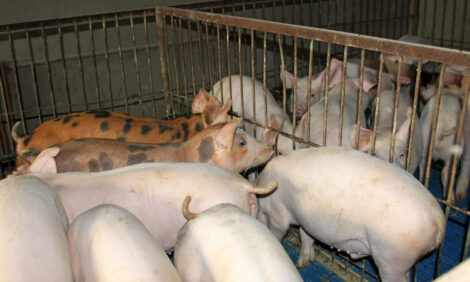



Maize Production Forecasts Tumbling
ANALYSIS - In recent years, any shortfall in the global production of maize has been made up by using surplus stocks, writes Chris Harris.However, in recent times, the market has become very much tighter and for the first time in 17 years, the global demand for maize has gone down, Jack Watts, senior analyst with the AHDB/HGCA told the Grain Market Outlook conference in London.
He said that the USDA has cut its yield and production estimates so that the projected bushels per hectare have come down from 166 in June to 122.8 in September and 122 in October for the current year.
The USDA estimates show a reduction in production from June forecasts of 375.7 million tonnes to 271.9 million tonnes this October. The USDA also shows that demand has been reduced from 301.6 million tonnes in June to 254 million tonnes in October.
However, the forecast for end stocks is also showing a high drop down from 47.8 million tonnes in June to just 29.2 million tonnes in October.
Mr Watts told the conference that because the feed forecasts and production are down, livestock herds are being rationalised.
He added that because of the drought, corn funds had grown along with the shortage although the markets are now starting to ease.
The European market has been seeing similar drops in production - down by 10 million tonnes and this is likely to have a knock-on effect on the entire European grain market.
The main areas to see a drop in maize production in Europe are the southern and eastern European states, with Italy showing a drop from 9.8 million tonnes in 2011 to 6.8 million tonnes this year, Ukraine dropping from 22.8 million tonnes to 20.0 million tonnes, Romania 10.5 million tonnes to 8.0 million tonnes and Hungary 8.1 million tonnes to 5.2 million tonnes.
Mr Watts said that South American maize production could have a small effect on the global maize supplies but it will be limited because its share of global production is small, particularly compared to soybean production.
Mr Watt said: "The US drought has been a big issue and from a tight supply situation supplies have got tighter.
"As a result, demand rationing is essential and hence the high prices."
He added that European issues have added to the US drought impacts.
In the markets, he said that funds remain long, so they can possibly amplify the impact of new supply and demand information.







